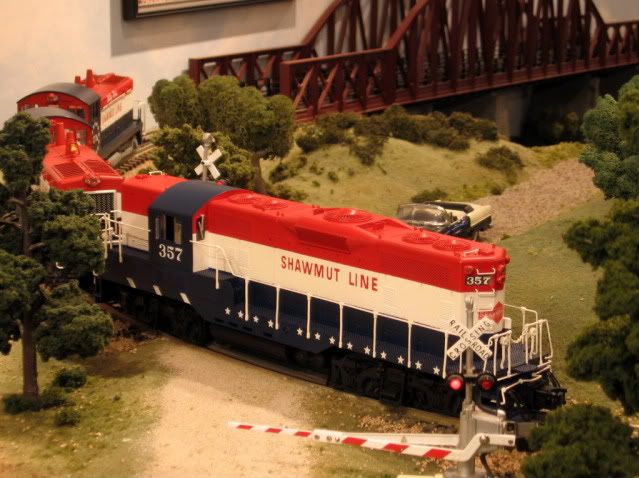Originally Posted by Bob Delbridge:
I haven't found the Atlas GP9 to be fragile at all.
My experience is a little different. I have both Lionel Legacy GP-9 and Atlas O versions, and to me the Atlas is definitely more fragile. My latest Atlas O Geep had the rear handbrake cover detached, and two of the steps had fallen off, and most of the cab windows and one crewman had fallen off. Also, a number of parts come in small separate plastic bags, and have to be fitted and attached.
Included in these parts are the cab awnings, and attaching and gluing those in place is a delicate operation if you don't want glue to show. Also, the hoses are separate and have to be hand-attached, which is almost impossible since the hose ends are larger than the holes, and have be be filed down to fit, and even then it is not an easy task. There were two other separate parts, which I left off because I couldn't figure out what they were for, and there was nothing in the manual about any of the extra parts, what they are or where they went.
This said, I wouldn't really hesitate to get another Atlas Geep if it were a road name I wanted, in that they run well and look great. If it were the same engine, between Atlas and Lionel (and this goes for the GP35s as well), although the Atlas O is ever so slightly better detailed, I'd go with Lionel Legacy version. The Lionel has superior sound and superior cruise control, and the small parts are more robust.



